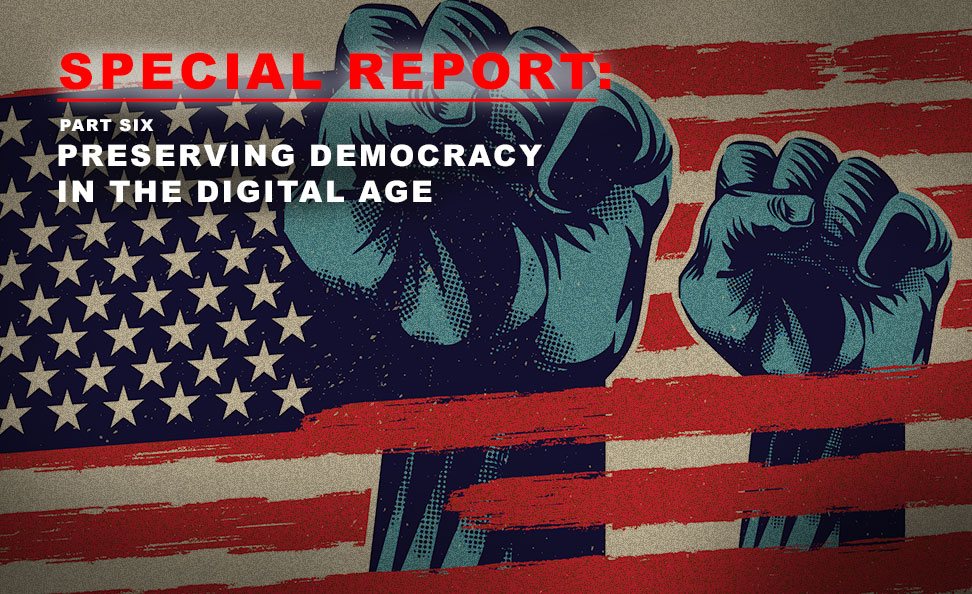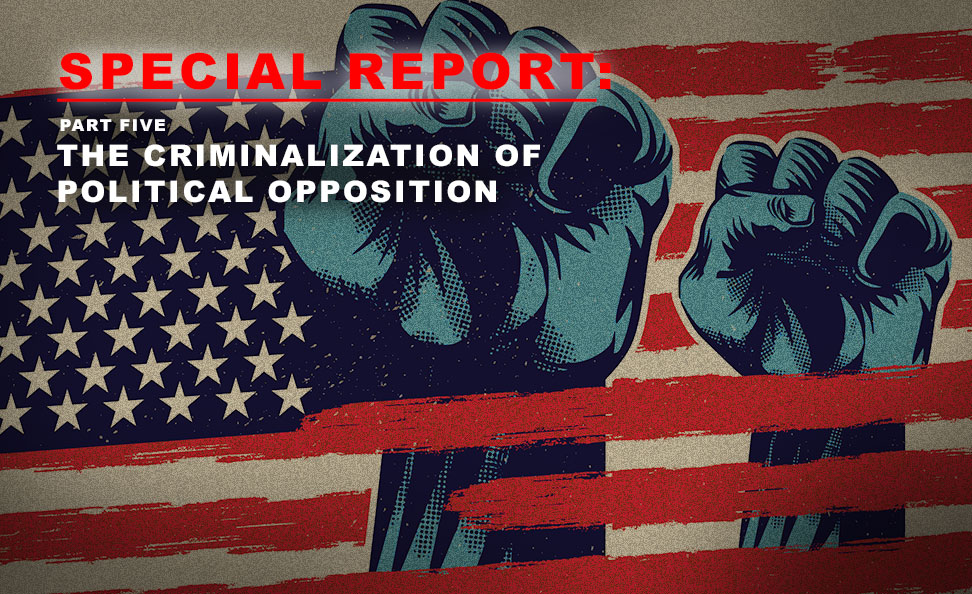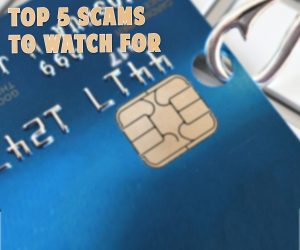In today’s digital age, the threat of a data breach and cyber attack presents ever-present privacy concerns. With increasing reliance on technology and the internet for storing and managing personal information, all internet users are exposed to the risk of security breaches that can lead to stolen or compromised data. This includes unauthorized access to sensitive personal and financial information, which can result in significant consequences for affected individuals.
In this article, we will examine the different types of privacy concerns associated with data breaches and cyber attacks and explore some of the steps you can take to protect your sensitive information.
Impact on Consumers' Privacy Rights
The effects of data breaches and cyber attacks are far-reaching and can pose serious threats to consumers’ privacy rights.
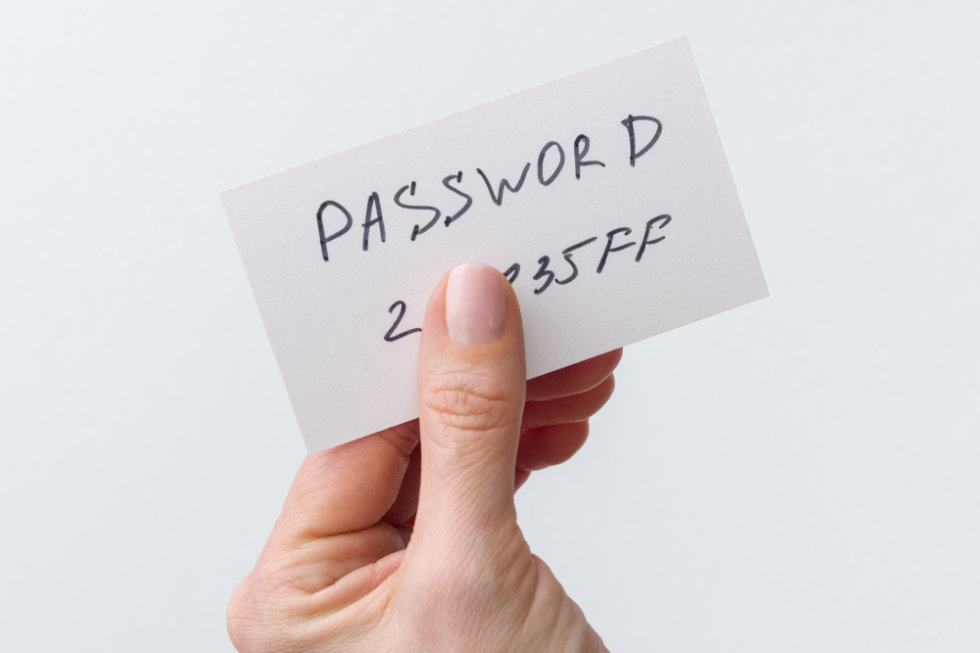
When hackers gain unauthorized access to an individual’s sensitive information, such as their Social Security number, credit card details, or even confidential medical records, they can use this data for malicious purposes – including identity theft and financial fraud.
In some cases, the consequences of a data breach or cyber attack are not only limited to the individual, but may also have wider implications, including potential fines and lawsuits for the organizations responsible for storing and managing the compromised data.
Data Breach: Privacy Concerns and Loss of Personal Information
When a data breach occurs, unauthorized individuals gain access to sensitive information belonging to the victims of the breach. This may include names, addresses, contact details, and more, which can pose significant privacy concerns, as this information may be used to commit further crimes or sold on the dark web to other malicious actors.
In such cases, the individuals affected by the breach may be at risk of identity theft and financial fraud.
Cyber Attacks: Financial Losses and Legal Repercussions
Cyber attacks – such as ransomware attacks, distributed denial-of-service (DDoS) attacks, and other forms of malicious intrusion – can lead to significant financial losses for affected individuals.
From being locked out of their online banking accounts to having sensitive personal and financial data stolen, consumers can face severe consequences that may take a long time to rectify. Additionally, organizations responsible for the breached data may face legal repercussions, including potential fines and lawsuits, as a result of such security breaches.
Steps You Can Take to Protect Your Sensitive Information from Data Breaches and Cyber Attacks
To safeguard your personal and financial information against the risk of data breaches and cyber attacks, it is important to take proactive steps in protecting your sensitive data. In this section, we will outline some tips and strategies for securing your online accounts, avoiding phishing scams and other threats, and additional preventative measures you can take.
Protecting Your Online Accounts: Strong Passwords and Two-Factor Authentication
One of the fundamental steps in securing your sensitive information is ensuring that your online accounts are well-protected.
To do this, it is crucial to use strong, unique passwords for all your accounts and to avoid reusing the same password across multiple sites.
Additionally, enabling two-factor authentication (2FA) adds an extra layer of security by requiring an additional confirmation step – such as entering a unique code sent to your mobile device – alongside your password.
Strategies for Avoiding Phishing Scams and Other Malicious Software Threats
Phishing scams and malware are common tactics employed by cybercriminals to gain access to your sensitive data. To protect yourself from such attacks, be cautious of clicking on links or downloading attachments from suspicious emails and text messages.
Moreover, keep your devices’ antivirus software and operating systems updated to combat malware attacks, and use a virtual private network (VPN) to enhance your online privacy by obscuring your IP address and encrypting your internet traffic.
Other Preventative Measures: Regularly Monitoring Your Credit Report for Suspicious Activity
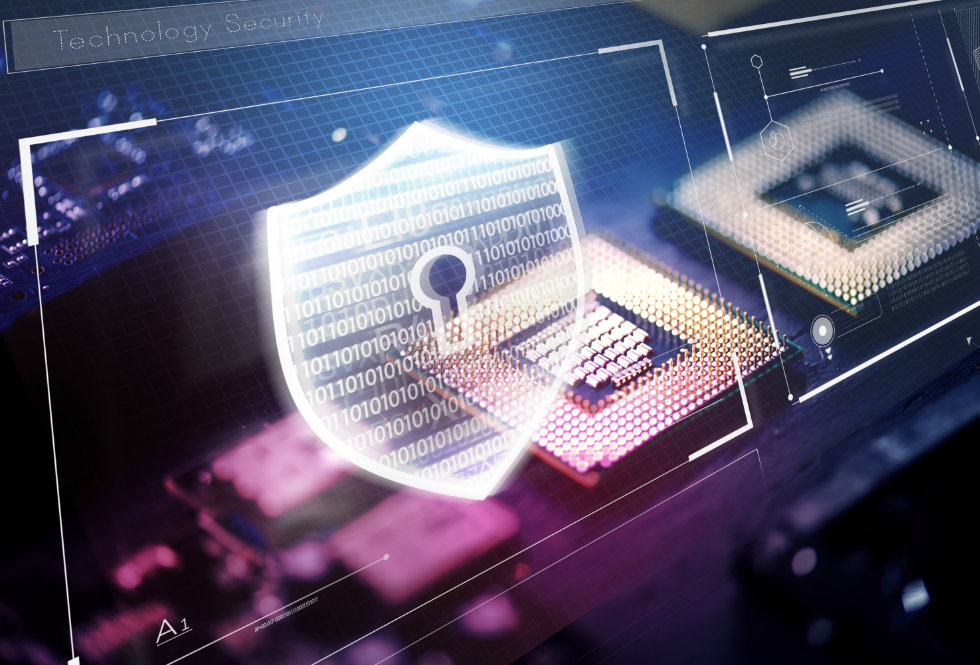
In addition to securing your online accounts and avoiding phishing scams, regularly monitoring your credit report for any suspicious activity or discrepancies can be a vital step in protecting yourself from the consequences of data breaches and cyber attacks.
By spotting unauthorized credit inquiries or new accounts opened in your name, you can quickly recognize and address any instances of fraud or identity theft.
Wrap Up
Data breaches and cyber attacks pose significant privacy concerns, and it is important that both individuals and organizations take the necessary steps to safeguard sensitive personal and financial information.
Through the implementation of strong security measures for your online accounts, remaining vigilant against phishing scams and malware, and monitoring your credit report for suspicious activity, you can effectively protect your privacy rights and minimize the potential impacts of a data breach or cyber attack.



